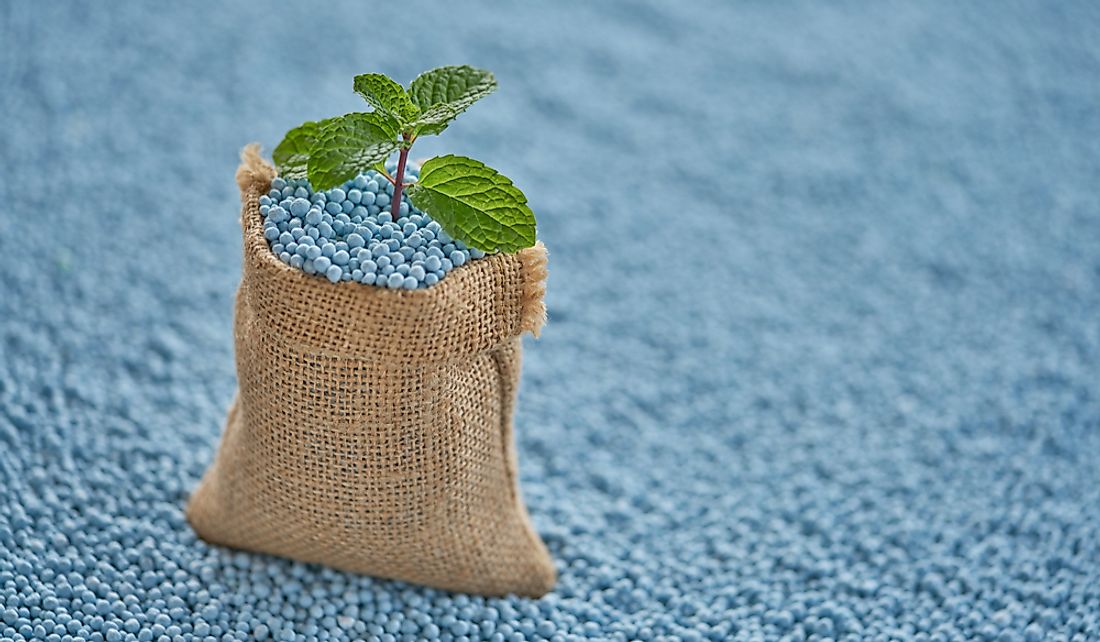What Is Potash Used For?

Potash is the main ingredient in most fertilizers, which contains a mixture of phosphates, nitrogen, and potassium. The term "potash" refers to potassium-rich minerals that are used in agriculture. The potassium in these salts is known as "a regulator" since it can influence more than sixty enzyme systems that control the quality of the crops. Over 90 million tons of potash is mined worldwide every year for manufacturing purposes.
Potash Production
All potash deposits originate from evaporites, and they are usually found buried deep below the surface of the earth. Potash ores are rich in clay, sodium chloride, and potassium chloride among other salts. Potash ores are obtained by conventional-shaft mining. The extracted minerals are grounded. Other mining methods include evaporation methods and dissolution mining. With the evaporation method, the miners inject hot water into the ores which are dissolved and then pumped to the earth’s surface where it’s concentrated using solar-induced evaporation. The miners then add amine reagents to the evaporated or mined solution which coats potassium chloride. Potassium chloride and the amine floats to the surface while the clay and sodium chloride sinks. The amine and potassium chloride are skimmed and dried before being packaged.
Currently, potash is mined in twelve countries, including Canada, Russia, Belarus, and China among others. Canada is the biggest potash producer with the deposits in Saskatchewan accounting for over 90% of the country’s production and half of the total world supply. Over 100 nations on the planet import potash. The largest importers of potash in the world are India (8 million tons), Brazil (8 million tons), and China (11 million tons). Potash usage for agriculture is expected to increase to over 37.8 million tons by 2022.
Uses of Potash
Fertilizer
Over 95% of potash is used in agriculture as fertilizer. Fertilizers are responsible for up to 60% of the food supply on the planet. Potassium is one of the main crop and plant nutrients that has been used as fertilizer since antiquity. Potassium is the seventh most abundant compound in the soil which makes up over 2.6% of the earth’s crust. Potash is crucial for agriculture since it improves yield, disease resistance, texture, color, nutrient value, and taste of the food. The soil nutrients must be replenished every year; therefore, potash is usually be added in potassium deficient soil. Some of the crops which benefit from potash include vegetables, fruit, corn, cotton, palm oil, soybeans, sugarcane, and wheat, among others.
Other Uses of Potash
Other than being used as fertilizer, potassium chloride is very crucial in various other industrialized countries where it’s used in ice and snow melting, aluminum recycling, and metal electroplating. Potash can be used as a water softener and also in treating hypokalemia. Potassium carbonate is used in producing textiles, photographic chemicals, fire extinguishers, and animal feed supplements. Potash is combined with silica-sand to form water glass, also known as potassium silicate. Water glass is used for in arc-welding electrodes. Potassium hydroxide is used in soap manufacturing and industrial water treatment.











